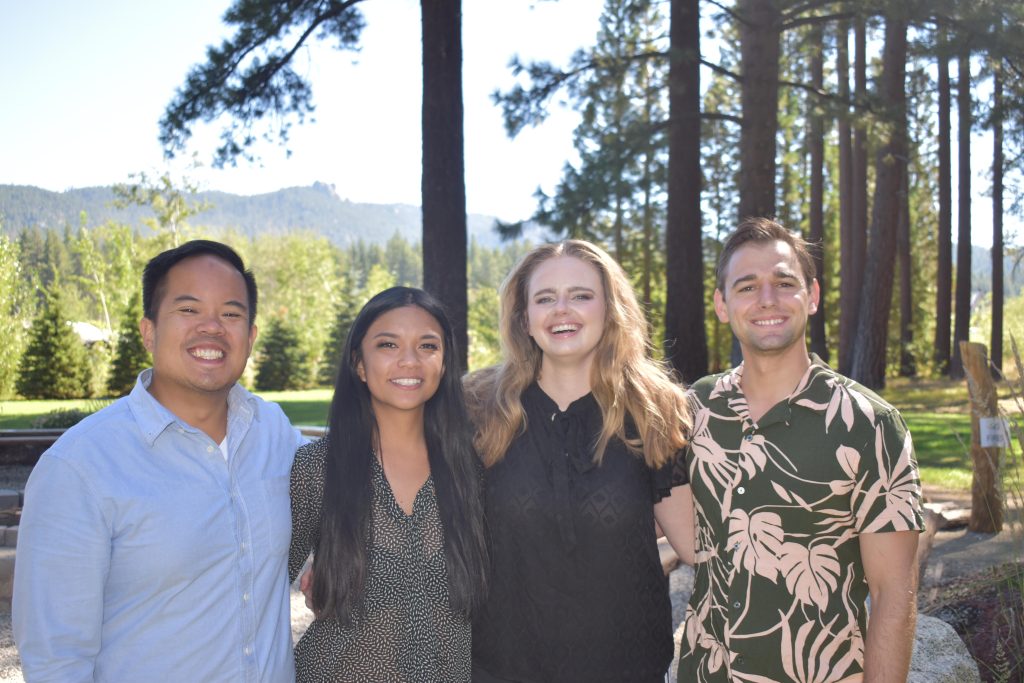Giving People a Second Chance
Fort Worth’s civic leaders have long worked to address homelessness. While groups like the Tarrant County Homeless Coalition and Catholic Charities have success stories, the shelters around East Lancaster remind us that finding housing and resources for people experiencing homelessness remains a seemingly intractable problem.

In 2020, local real estate agent Tuan Phan and a team of volunteers created The Phan Foundation to address economic inequality and affordable housing in our community. Phan said his family wanted to create a legacy in Fort Worth, and housing was a natural focus. Tuan’s father, Cuong Phan, now works in real estate after a long career as an engineer for Lockheed Martin.
Tuan said his family’s knowledge of renovating and flipping homes will help the nonprofit self-fund a variety of programs.
“We plan on buying properties and charging low-market rent,” he said, adding that any income would go directly toward funding the charity. “The other side of the program is job training. We would teach people the trades of flipping a house – hanging doors, installing drywall, plumbing, etc. Hopefully they can use those skills in the wider market, especially with the shortage of labor we have right now.”
The charity will pay anyone in the job training program a living wage while they learn their craft. Once the renovations are complete, the Foundation would sell the home to continue to fund The Phan Foundation programs.
Although the Foundation is still in the early stages, the goal is to provide the refurbished homes to individuals who are often priced out of the housing market.
“The way the market is now, people are having cash offers,” Tuan said. “Think of people who are teachers. It’s a good solid job, but they can’t always save enough for a down payment. We would target those buyers… We wouldn’t just try to put our homes on the open market.”

photo credit: Adam Updegrove
Kathleen Pacpaco, The Phan Foundation president, said addressing homelessness addresses many societal problems. Ending homelessness frees taxpayer funds for other programs, she said.
“Things go wrong,” Pacpaco added. “We like the idea of giving people a second chance.”
After speaking with directors at local nonprofits, Pacpaco said the Foundation will focus on training youths who are aging out of the state’s foster care system. Helping young adults, particularly ones who haven’t had a steady home, can prevent them from falling into homelessness.
According to the National Foster Youth Institute, nearly one in four foster care children are homeless within four years of turning 18.
Tuan said the Foundation’s team applied for a county grant to launch some initiatives, and he has spoken with some city councilmembers about the possibility of using city grant funds for foundation projects. Those conversations revealed the politics of where affordable housing and shelters are placed in Fort Worth. Here and across the country, many cities struggle with placing affordable housing evenly throughout the city.
“As a city, we need to address NIMBYism,” Tuan said, referring to the acronym N.I.M.B.Y., meaning “Not in My Backyard.”
“Basically, the way society is set up is segregated,” he said. “You have commercial areas here, low-income projects there, and upscale homes here. By physically separating society, you separate people socio-economically, and you mentally separate people. We would like to address that because housing is the basis of everything.”
Pacpaco said one way to begin reversing segregation within a city is through something she called urban acupuncture. The idea is to elevate the look and value of a neighborhood through adaptive reuse of old buildings.
“Imagine there is a dilapidated bank in a bad part of town,” she said. “If you convert that into a multiplex, that is good for the fabric of the city. It elevates the neighborhood.”
Fort Worth can a national leader in the effort to end chronic homelessness and address affordable housing supply. Tuan said the problem is daunting, but the solution may simply mean a new approach.
“We think we can solve these problems,” he said. “We are young and idealistic. The people at City Hall think these problems are solvable, too. If you have enough housing stock, you can have housing for people who need it. That means no one will be homeless for a long time, and anyone who transitions out of supportive housing frees that space for a new tenant… NIMBYism, that’s the biggest problem. People don’t want this in their backyard. I think with a generational shift and a change in attitudes, this can be solved.”


 Sign in
Sign in

